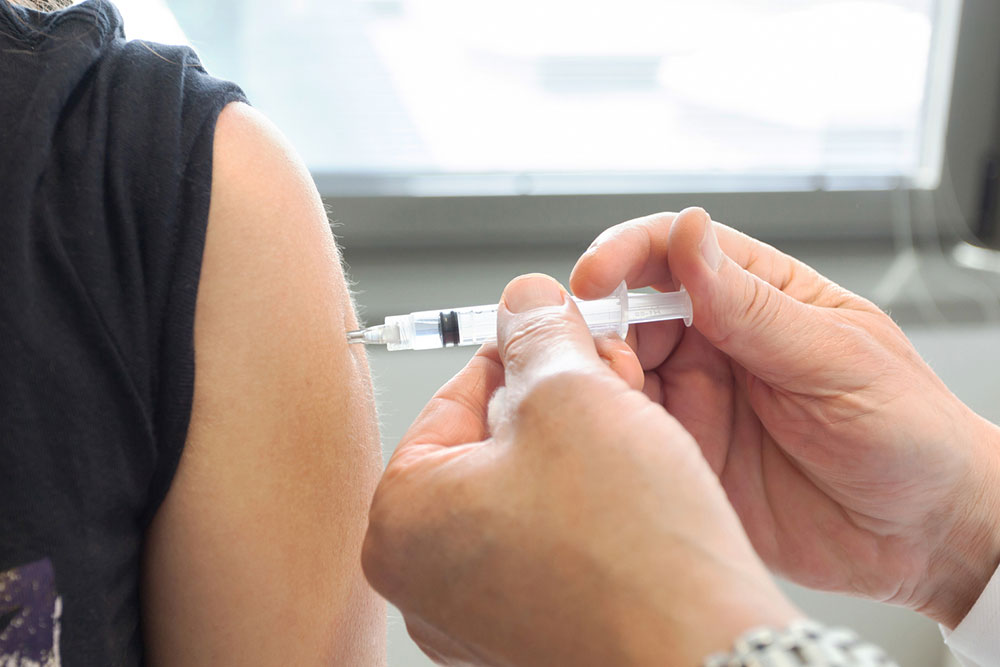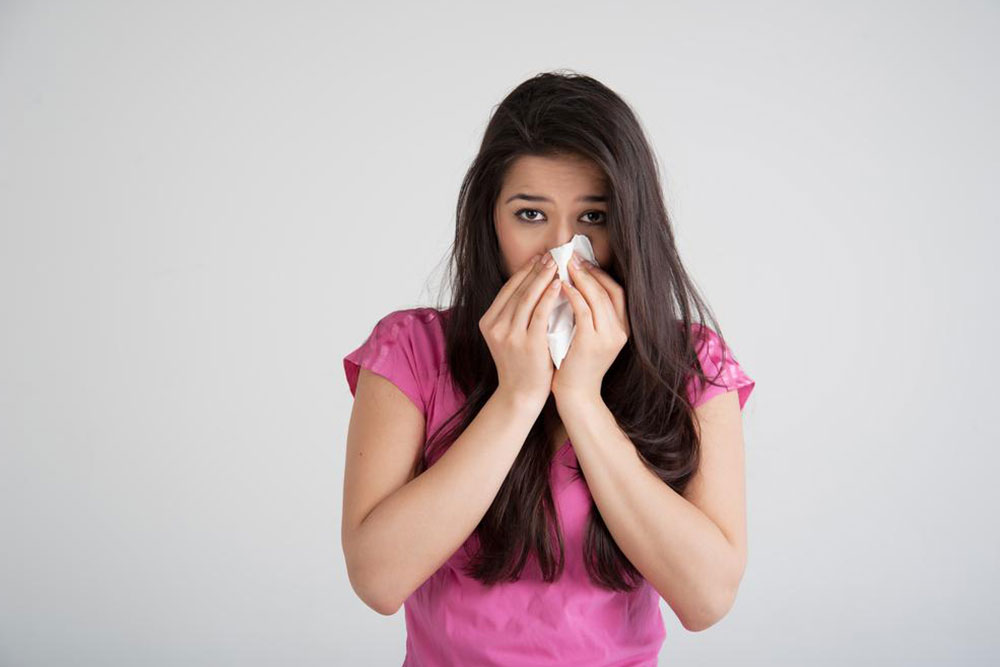
Diseases & Conditions
A Guide to the Meningitis Vaccine
Immunization is the key to protection from critical diseases. Vaccinations during childhood and adulthood have brought down the high mortality rates caused by life-threatening illnesses. Meningococcal infection was one such dreaded disease that claimed the lives of many people. Thanks to meningitis vaccine shots, meningococcal disease is now preventable. Although rare, meningococcal disease can cause grave conditions in teens and young adults. Once a person contracts this infection, it spreads rapidly, infecting the lining of the brain and spinal cord. In worst cases, the meningococcal infection spreads to the entire brain and spinal cord within a few hours. To get protection from meningococcal disease, it is vital that one takes meningitis vaccine shots. Vaccination is the best way to guard oneself against contracting this dangerous and rapidly spreading infection. All you need to know about the meningitis vaccine Meningococcal infection is not contagious like flu or cold, but the disease can spread through infected respiratory and throat secretions. An infected person can spread this infection by coughing or sneezing around others or by kissing them. Currently, three vaccines shots for meningitis are available in the country. None of these vaccines contain live bacterial cultures. These vaccines essentially contain antigens that trigger the immune system to produce antibodies to fight the meningococcal disease. When the infection enters the body, the antibodies present in the immune system attack and kill the infectious bacteria. The three vaccines available for meningococcal disease are: Meningococcal polysaccharide vaccine (MPSV4) Meningococcal conjugate vaccine (MCV4) Serogroup B meningococcal vaccine (MenB) The first two options in the list offer protection against four types of meningococcal infections. These infections make up 70% of the meningococcal infection cases in the country. Meanwhile, the MenB vaccine prevents meningococcal disease caused by the Meningococcal B strain of bacteria. The MCV4 vaccine is administered to people aged 55 and younger.












